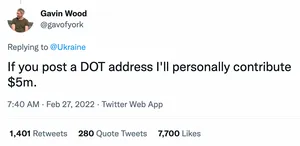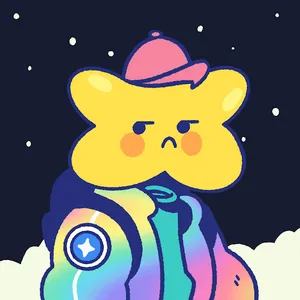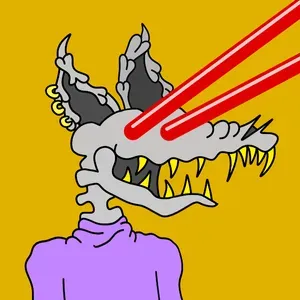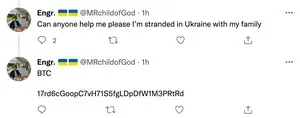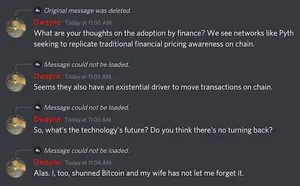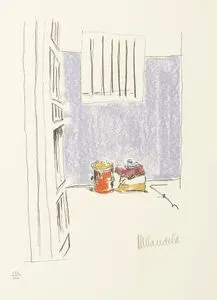Although perhaps unsurprising that these exchanges refused a request like Fedorov's, it will be interesting to see if and how sanctions may affect various cryptocurrency exchanges' actions. Binance, the largest crypto exchange, has already indicated it will comply with sanctions. Kraken, whose executives have tended towards more ideological stances, has also indicated that it will comply with legal requirements to freeze accounts.
Cryptocurrency exchanges refuse requests by Ukrainian Vice President to freeze Russian and Belarusian addresses
Gavin Wood decides war in Ukraine is a great opportunity to promote his Polkadot project
Some with a more optimistic view of Wood's tweet suggested that perhaps his request was motivated by a desire to avoid capital gains taxes that could be incurred by converting his DOT to ETH before donating it, but another commenter pointed out that 1) Wood almost certainly holds more than $5M in ETH already as a co-founder of the project, and 2) Wood lives in Switzerland, where private individuals are generally exempt from capital gains taxes.
Co-founder and primary artist for Starcatchers NFT project uses insider knowledge to buy the project's rare NFTs to flip after reveal
It turned out that "Beutrec", a co-founder and the primary artist behind the collection, had used his access to the project metadata to identify and buy the rarest NFTs in the collection. Although he attempted to use distinct wallets to perform the transactions, they were trivially linked back to him. He made around 50 ETH (~$140,000) in profit from flipping the NFTs he bought with insider knowledge. After his actions were revealed in April 2022, Beutrec's new NFT project, Boki, announced that Beutrec would no longer be a part of their team.
Discord server for the Doodles NFT project is compromised
Howlerz NFT drop goes incredibly badly, with heavy botting, a poorly-implemented contract, and buyers falling for a scam contract
Part of this collection's draw has been the promise that "you own the art". However, the artwork is released under the CC0 license, which dedicates the work to the public domain — that is, any ownership of the work in a copyright sense no longer exists.
Crypto and NFT scammers take advantage of the invasion of Ukraine to boost their grifts
Ukraine-themed NFT projects have also sprung up all over the place, promising to donate portions of proceeds, with very few avenues to distinguish the legitimate from the scams. Some existing NFT projects have created Ukraine-themed items to add to their collections. Other NFT projects that have nothing to do with Ukraine have tried to tempt buyers by claiming they will donate a portion of proceeds (5%, in one case) to Ukrainian war relief funds. Individual sellers have also tried to use the crisis to increase the sales of NFTs they own, promising to donate their profits.
Needless to say, my advice if you're hoping to donate to relief would be to skip the cryptocurrency and NFTs altogether and pick any of the many verified relief funds out there.
Pixelmon raises $70 million only to reveal hilariously bad NFTs
Although the project lead wrote on the Discord that they had "made a horrible mistake" but that they would "completely revamp and redesign" the NFTs, the project appeared to be a cash grab. On the night of the reveal, 1,000 ETH ($2.8 million) had already been transferred out of the project and split among various addresses. One of the recipients who received 400 ETH ($1.1 million) immediately went on a shopping spree, buying various big-ticket NFTs with their windfall.
Bitconnect founder indicted by federal grand jury on charges of orchestrating a global Ponzi scheme
- "BitConnect Founder Indicted in Global $2.4 Billion Cryptocurrency Scheme", United States Department of Justice


